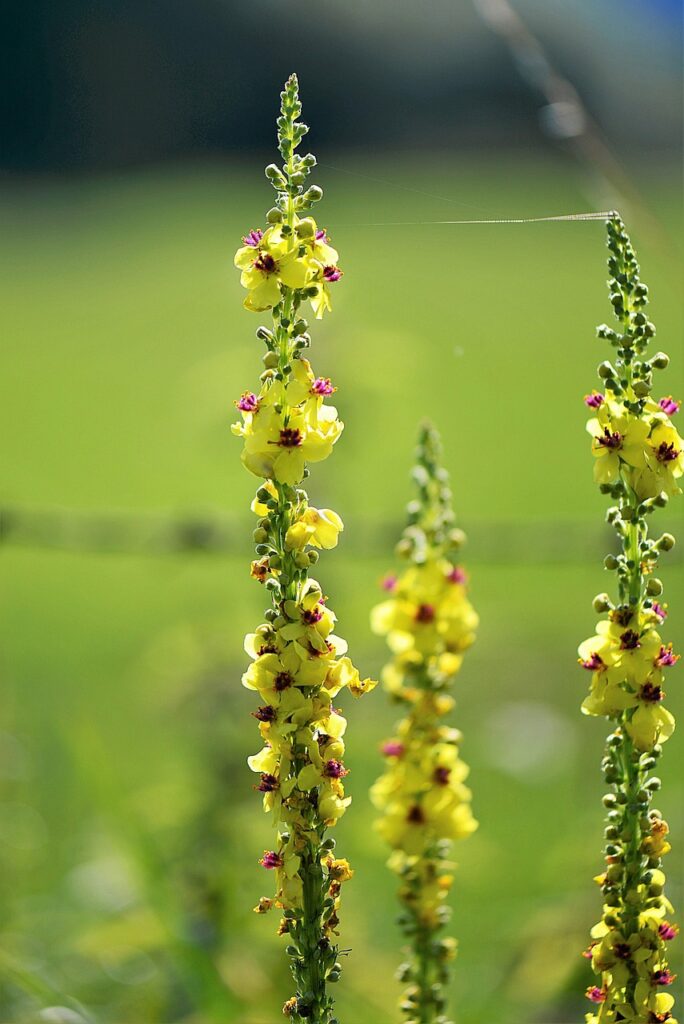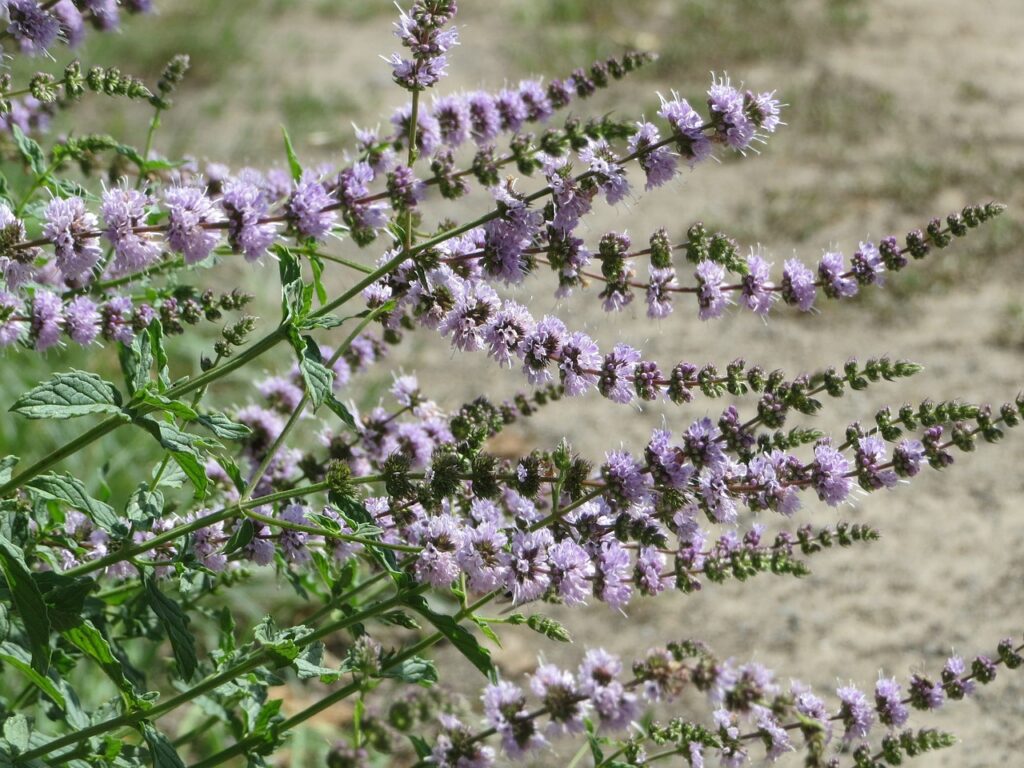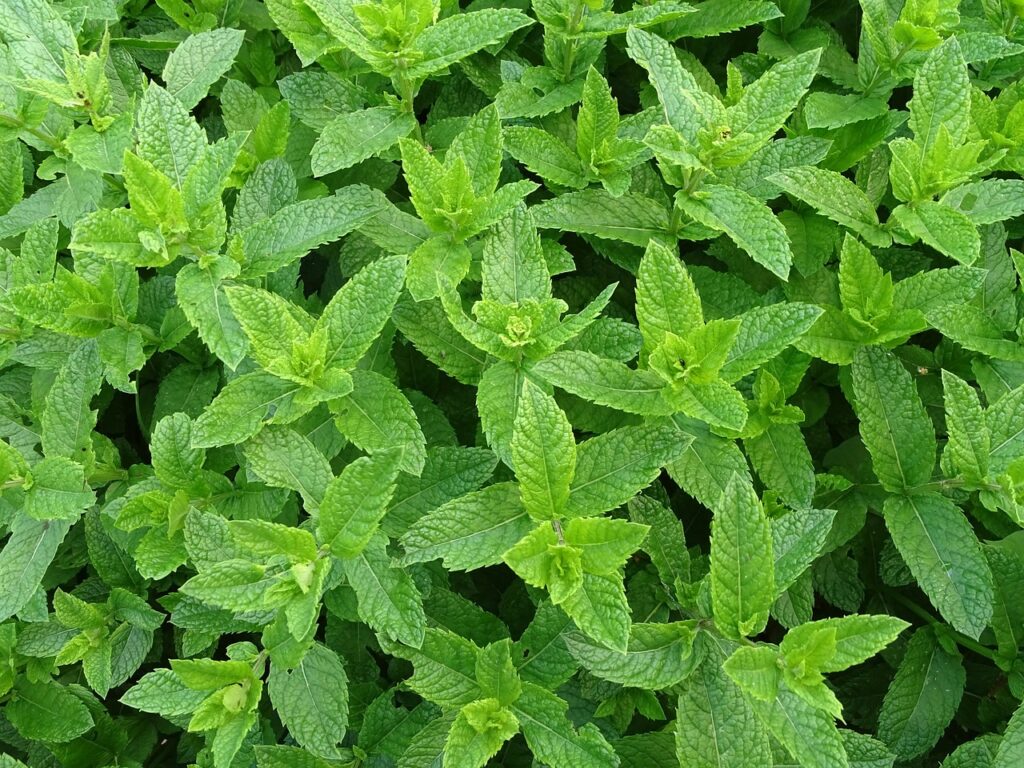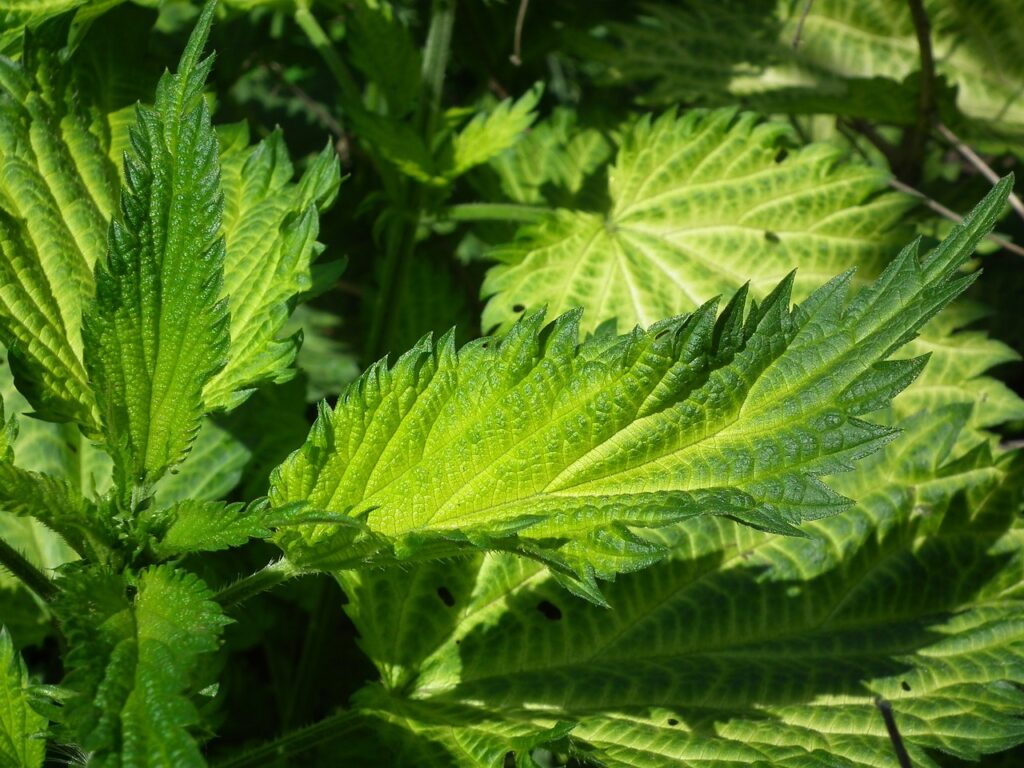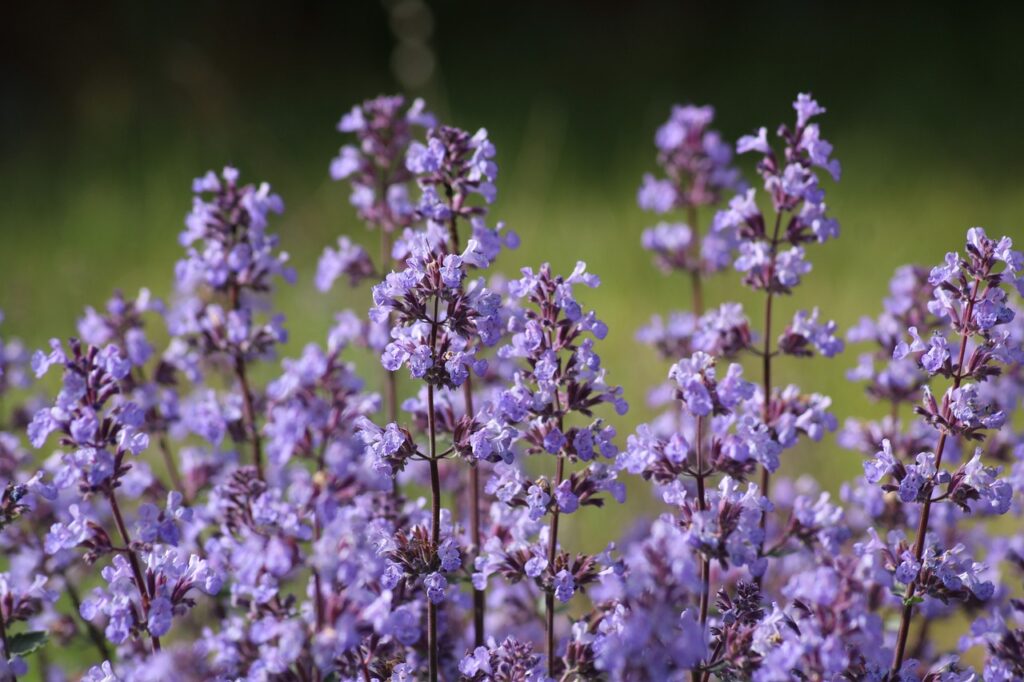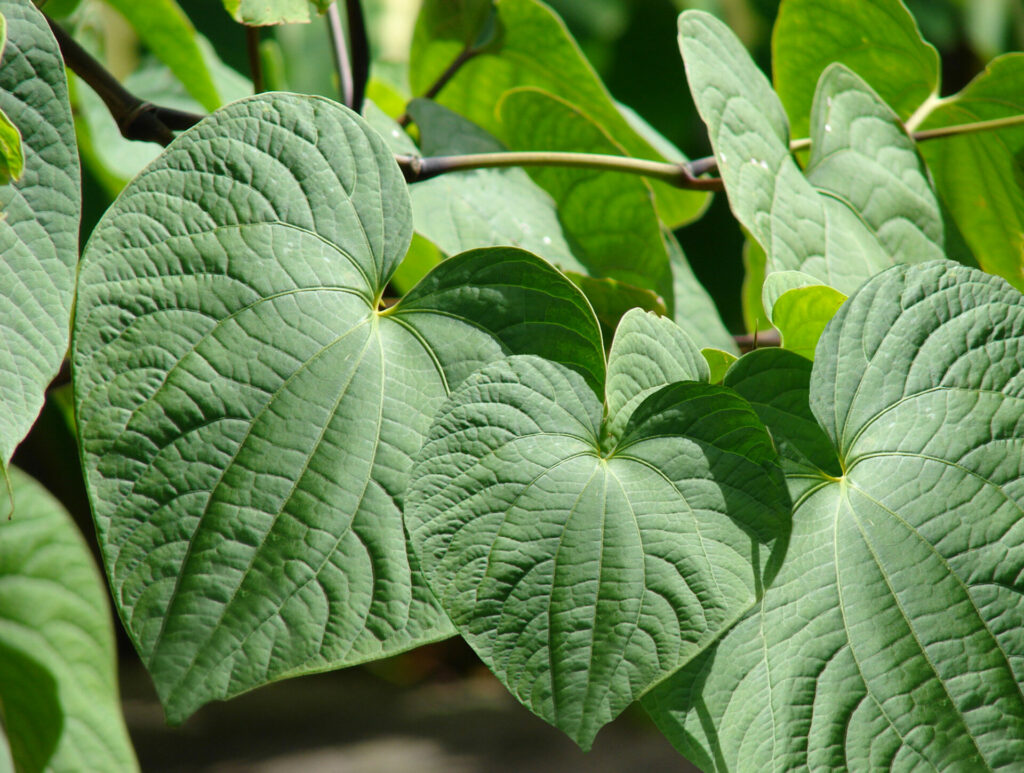“ Nature does not hurry, yet everything is accomplished.”
– Lao Tzu (500 BCE)
BASE HERBS
Mullein
Mullein, or Verbascum thapsus, is a traditional herb known for its soft, hairy leaves and its usage in respiratory relief. Its active compounds may offer antiviral and anti-inflammatory benefits. When smoked, mullein imparts a mild flavor and a soothing effect…
Damiana
Turnera diffusa, known as Damiana, is a fragrant shrub native to Southern Texas, Mexico, and Central America. Historically utilized as an aphrodisiac, Damiana is reputed for its traditional uses in boosting libido and alleviating depression.
Red Raspberry leaves
The red raspberry plant, known as Rubus idaeus, is more than just a fruit-bearer. Its leaves have been traditionally used for health, particularly in women’s wellness. Rich in compounds like flavonoids and tannins, these leaves offer potential antioxidant and anti-inflammatory…
Marshmallow Leaf
The Marshmallow leaf, or Althaea officinalis, is a velvety herb traditionally valued for its mucilaginous properties offering soothing benefits. It’s favored for easing coughs, digestive issues, and skin irritations, with its leaves used for smoking to potentially calm the respiratory…
Wild dagga flowers
Wild Dagga, or Leonotis leonurus, is a South African shrub prized for its striking orange flowers and minty scent. Part of the Lamiaceae family, it’s traditionally been used for its medicinal and mild psychoactive effects, providing calming and euphoric sensations…
Marshmallow root
The Althaea officinalis, commonly known as marshmallow root, is a perennial herb with notable mucilaginous properties and a sweet, herbaceous flavor. It has been traditionally used in folk medicine for soothing sore throats, coughs, and digestive issues. While it is…
FLAVORING HERBS
Spearmint
Spearmint, or Mentha spicata, is a perennial herb with a refreshing aroma, stemming from the Lamiaceae family. It is prized for its minty, slightly sweet flavor and is commonly used in cooking, cosmetics, and traditional medicine due to its therapeutic properties, such as anti-inflammatory and antioxidant effects. While not recommended…
Chamomile
Chamomile, renowned for its gentle calming effects and sweet, apple-like flavor, is a beloved herb with a longstanding history in folk medicine. Predominantly used as a relaxing tea, chamomile also offers anti-inflammatory and sedative benefits. The Matricaria chamomilla (German chamomile) and Chamaemelum nobile (Roman chamomile) are the most commonly utilized…
Peppermint
Peppermint, or Mentha × piperita, is a widely known hybrid mint variety, produced by crossing watermint and spearmint. With its high menthol content, this aromatic herb serves both culinary and therapeutic uses, from flavoring dishes and drinks to aiding digestion and respiratory health. Though less common, some individuals have experimented…
Lavender
Lavender, or Lavandula angustifolia, is a fragrant perennial shrub from the Mediterranean. Esteemed for its calming properties, it’s used in aromatherapy, personal care, and as a herbal remedy, though less common and not recommended for smoking. It boasts a sweet, floral flavor with notes of mint and rosemary, and while…
Calendula
The Calendula officinalis, commonly known as pot marigold, is celebrated for its vibrant, ornamental flowers and medicinal virtues. Renowned in the herbal world for its soothing effects on the skin and digestion, Calendula is a staple for natural remedies, with its topical and oral applications backed by centuries of traditional…
Orange Mint
The Orange Mint plant, or Mentha x piperita f. citrata, is prized for its unique citrus aroma and is part of the diverse mint family. Widely used for flavor in food and beverages, it also carries traditional medicinal value. Though its refreshing taste is favored, there’s cautious note on its…
SUPPORTIVE HERBS
Nettle Leaf
The Nettle Leaf, or Urtica dioica, is a perennial herb known for its sting and its long history in herbal medicine. Native to Europe and now found globally, nettles are nutrient-rich and have traditional uses ranging from a food source to treating ailments. Although commonly ingested or applied topically, smoking…
Motherwort
Motherwort, or Leonurus cardiaca, is a traditional herb with a history of supporting heart and women’s reproductive health. Noted for its calming effects, it is recognized for various therapeutic properties, although its bitter taste is quite pronounced. Smoking motherwort for relaxation has been mentioned anecdotally, but information on this practice…
Catnip
Catnip, or Nepeta cataria, is a perennial herb prized for its soothing effects. Originating from Europe to Central Asia, it’s traditionally been used to calm stomachs and aid sleep. Smoking dried Catnip leaves is said to provide a mild relaxation, with the plant also offering medicinal properties linked to compounds…
Kava Kava
Kava Kava, known scientifically as Piper methysticum, is a plant from the South Pacific revered for its calming effects. It’s a bush with large leaves, valued particularly for its rhizome which contains active compounds called kavalactones. Traditionally consumed as a ceremonial beverage, research suggests kava may help with anxiety and…
St. John’s Wort
St. John’s Wort, known as Hypericum perforatum, is a perennial boasting yellow flowers, traditionally used for its medicinal benefits. Known for boosting mood and mental health, the herb contains active compounds like hypericin. It’s mainly ingested via teas or extracts, as smoking may harm lung health. Usage calls for caution…
Passiflora (Passion Vine)
Passiflora, also known as Passion Vine, encompasses over 500 species of perennial vines known for their beautiful flowers and climbing nature. These plants are native to tropical and subtropical climates, with some species found in temperate zones. The Passionflower has been valued for both its symbolic significance and traditional medicinal…

